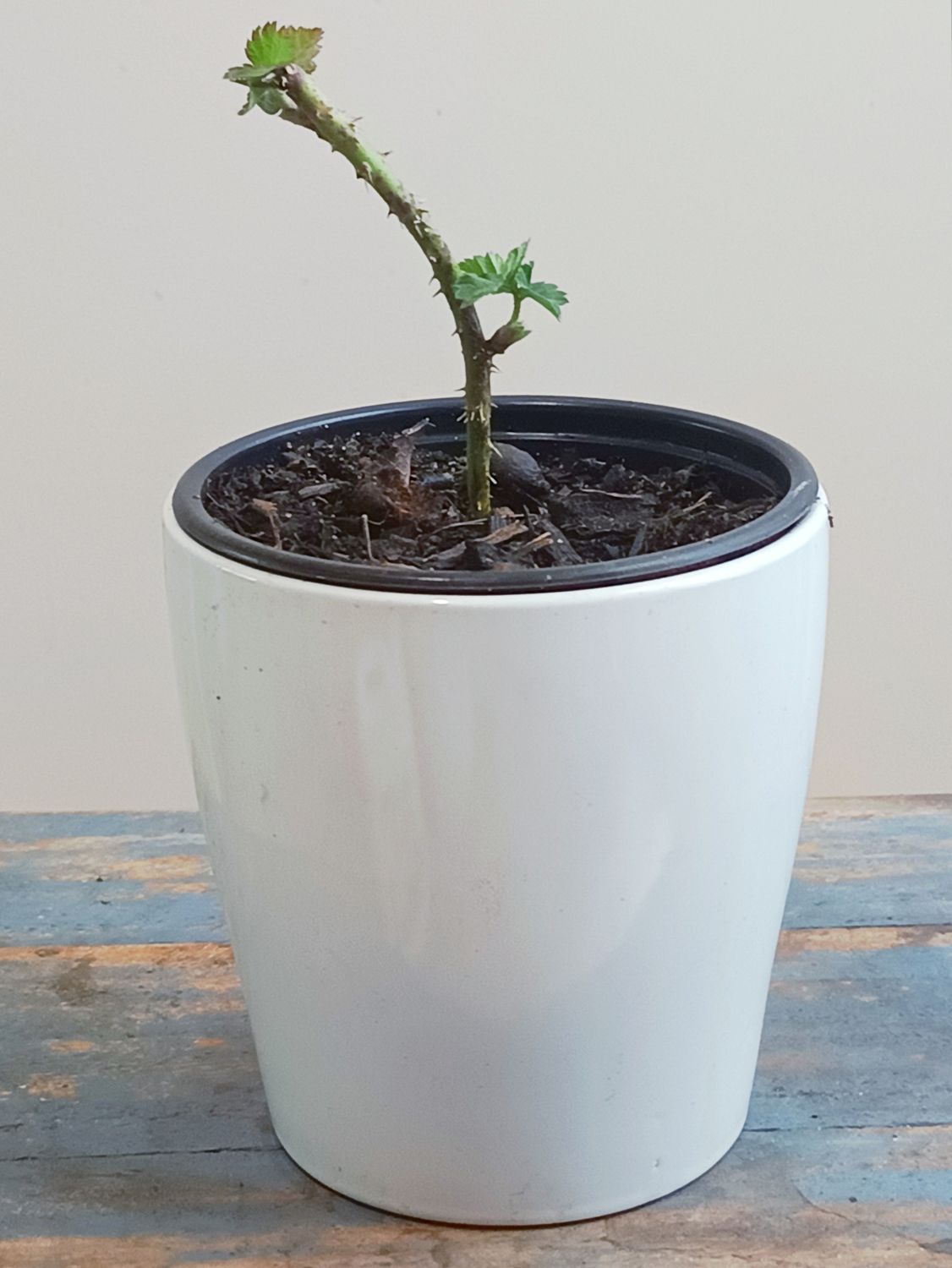Black Cap Raspberry
Appearance:
Fruit: Small to medium, black when fully ripe, hollow core (like most raspberries).
Canes: Erect or arching, often with small thorns.
Leaves: Compound, usually with 3–5 leaflets, serrated edges.
Growth habit:
Biennial canes: First-year canes are “primocanes” (vegetative), second-year canes are “floricanes” (flowering/fruiting).
Height: Typically 1.2–1.8 m (4–6 ft) in a garden, can spread with suckers.
Fruit timing:
Summer-bearing: Fruits in mid- to late summer on second-year canes.
Some varieties have primocane-fruiting types that can also fruit on first-year canes in autumn.
Climate and soil:
Prefers full sun, well-drained soil.
Hardy in temperate regions, tolerates cold better than some other raspberries.
Uses:
Fresh eating, jams, jellies, desserts.
High in antioxidants and vitamin C.
Maintenance:
Prune floricanes after fruiting.
Mulch and water regularly.
